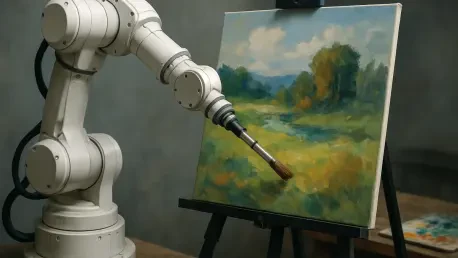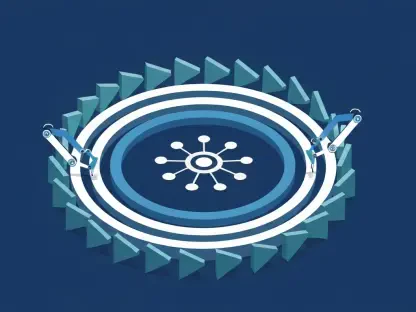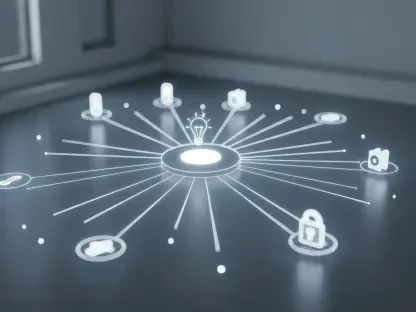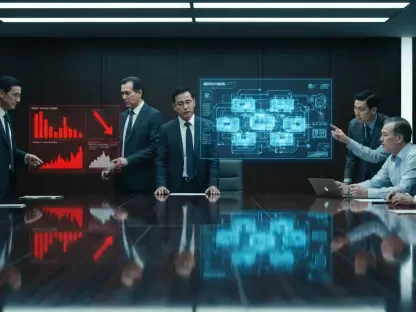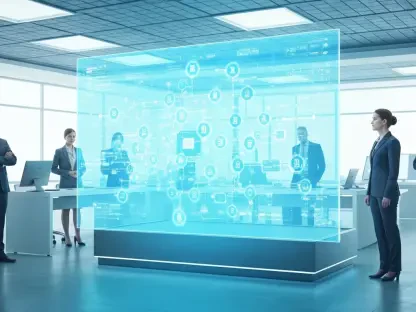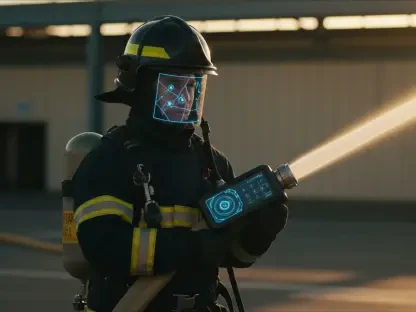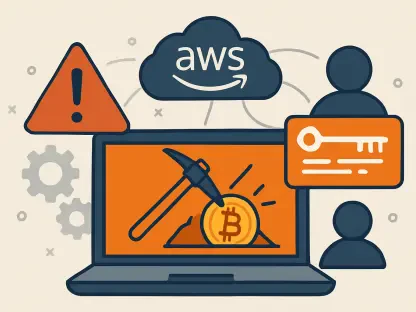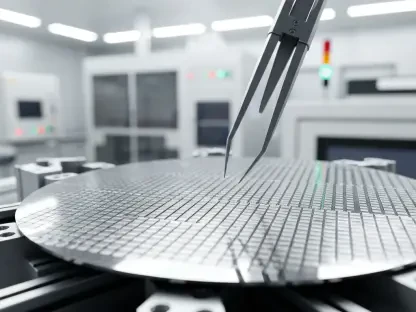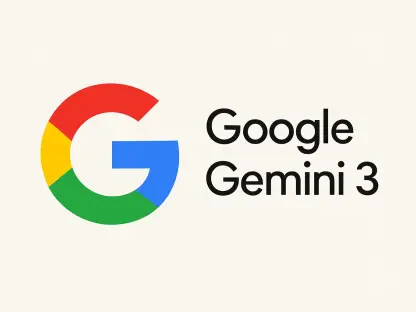I’m thrilled to sit down with Oscar Vail, a trailblazer in technology with a deep passion for quantum computing, robotics, and open-source innovation. With a finger on the pulse of cutting-edge advancements, Oscar has been exploring how AI and robotics intersect with creative fields like art. Today, we’re diving into the fascinating world of AI-powered robotic painting, discussing how this technology is reshaping the artistic landscape, empowering creators, and addressing challenges in the industry. Our conversation touches on the emotional impact of seeing a robot recreate art, the mission to support struggling artists, the intricacies of the technology, and the future potential of this groundbreaking intersection of tech and creativity.
How did you first become interested in the potential of robotics to transform the art world?
I’ve always been fascinated by how technology can amplify human potential, and art is such a pure expression of that. A few years back, I stumbled upon early experiments with robotic arms being used for repetitive tasks, and it hit me—why not use this precision for something as nuanced as painting? Seeing the struggles artists face to earn a living, I became obsessed with the idea of using robotics to replicate their work in a way that respects their craft while scaling their reach. It’s about blending the mechanical with the deeply human.
What’s your take on the emotional experience an artist might have watching a robot reproduce their work?
It’s a mix of awe and vulnerability. Imagine pouring your soul into a piece over weeks or months, then seeing a machine mimic your strokes with uncanny accuracy. It can be thrilling to see your vision come to life through tech, but there’s also this sense of detachment because the robot doesn’t carry the personal journey behind each brushstroke. It’s like watching a cover of your song—it’s flattering, but it’s not quite you. I think artists often wrestle with that duality.
How do you see robotics addressing the financial struggles many artists face in making a sustainable living?
The reality is harsh—many talented artists barely scrape by because creating original work takes so much time for so little return. Robotics can change that by producing high-quality reproductions that don’t just sit in a gallery but reach a broader market. It’s not about replacing the artist; it’s about multiplying their output. If an artist can sell ten or twenty replicas of a single piece without lifting a brush again, that’s real income. The key is ensuring they’re fairly compensated and credited for every sale.
Can you explain the technical process behind how a robot captures and recreates an artist’s unique style?
It’s a complex dance between AI and hardware. First, we digitize the artwork, breaking it down into layers of strokes, colors, and textures. Algorithms analyze the sequence and pressure of each brush mark—essentially mapping the artist’s hand. Then, a robotic arm, equipped with custom brushes and paint, follows these instructions, replicating the piece stroke by stroke. The goal is to preserve the feel of the original, not just the look. It’s still a work in progress to get every nuance right, but the results are getting closer to the real thing every day.
What are some of the biggest hurdles in ensuring a robotic reproduction feels as authentic as the original?
The biggest challenge is capturing the intangible—the emotion or story behind a piece. A robot can mimic a stroke, but it doesn’t understand the artist’s intent or the messy, iterative process of creation. Sometimes, the original has imperfections or happy accidents that are hard to replicate intentionally. We’re working on AI that can interpret more of those subtleties, but there’s also a philosophical question: should a reproduction even try to be identical, or should it embrace being a distinct interpretation?
How important is it to prioritize ethical considerations like consent and fair compensation when collaborating with artists on this tech?
It’s absolutely critical. Artists have been burned by tech before, especially with generative AI, where their work gets used without permission. We have to build trust by ensuring they consent to every step, receive proper credit, and get a fair share of the profits. I believe in a model where artists aren’t just contributors but partners. If they’re not benefiting, the whole mission falls apart. Transparency in how revenue is split and how their work is used is non-negotiable.
What kind of impact do you think this technology could have on the art market and how people perceive the value of art?
It’s a double-edged sword. On one hand, it democratizes art—more people can own something close to an original without breaking the bank, and artists can reach wider audiences. On the other, there’s a risk that mass reproduction could dilute the perceived uniqueness of a piece. If something rare becomes abundant, will buyers still value it the same way? I think the answer lies in balancing quantity with quality and ensuring each reproduction still feels special, maybe through limited runs or personalized touches.
What’s your forecast for the future of AI and robotics in the arts over the next decade?
I see it becoming a seamless part of the creative process. In ten years, I imagine artists using AI and robotics not just for reproduction but as co-creators—tools that suggest ideas, experiment with styles, or handle the grunt work so artists can focus on vision. We’ll likely see platforms where clients commission custom pieces in an artist’s style directly through tech, with artists earning passive income from those algorithms. The challenge will be keeping the human spirit at the core, ensuring tech amplifies creativity rather than overshadows it.
